In the nearly 50 degree Celsius heat of the African summer, Huong and Long took their 4-year-old daughter on a trip across Namibia, Ethiopia and Madagascar.
The journey to visit three African countries, Namibia, Ethiopia and Madagascar, of the couple Mai Huong - Ngoc Long and their 4-year-old daughter Mo started on June 9 and ended on July 17. They departed from Ho Chi Minh City, flew to Africa for 16 hours, not including the connecting flight time and traveled with a group of Vietnamese tourists. Excluding the 4 days of round trip travel, on average, Huong's family spent more than 10 days in one country.
They traveled independently, with Huong and her husband designing the tour and acting as tour guides, supporting others. In Africa, the group hired tour guides and booked tours from local travel companies to ensure safety and to have the opportunity to learn more about the culture and life here in more detail and more conveniently. This was Mo's third trip abroad after the pandemic, having previously been to Pakistan and India.
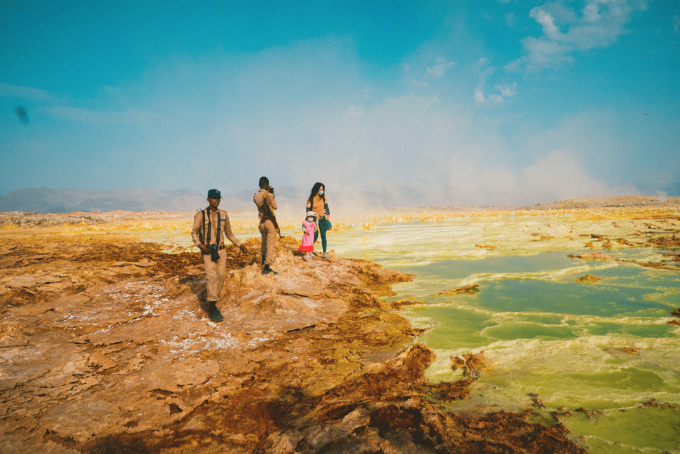
Mai Huong (in yellow shirt) and her daughter take photos in the Danakil Basin, Ethiopia. Standing next to them are local guides.
Mai Huong is passionate about exploring wild lands, people with ancient lifestyles, mysterious stories and unique cultures, wild and mysterious nature. Africa is the land that contains all of that. "The black continent contains many experiences that I believe cannot be found anywhere else on earth," Huong said.
After researching and connecting with about 20 local travel agencies, Huong's group set off. The three African countries that Huong's group visited were all easy to get visas for. Namibia and Madagascar issued visas right at the airport, while Ethiopia issued e-visas after 3 days. Visa fees range from 50 to 80 USD depending on the country.
One of the most impressive destinations for Huong is the Dallol geothermal springs area located in the Danakil basin, Ethiopia. Dallol is known as "the place where life cannot exist on earth" and is one of the hottest places on the planet with temperatures ranging from 45 to 60 degrees Celsius, according to CNN . The weather is harsh, but Dallol possesses a strange landscape like on another planet with lakes and acidic springs that are always boiling, and underground hot springs with colorful colors. The shape and location of this landscape changes continuously every week. Each visit is a different scene, Huong said.
The day Huong arrived, the temperature was nearly 50 degrees Celsius. Before leaving, she had read the documents and knew about the temperature in this place. But it was only when she arrived that Huong was shocked by the harshness of Dallol. "The dusty roads were hundreds of kilometers long and there was only lava, the people were poor, everyone was skinny and the sun was scorching hot," Huong said.
Nineteen years ago, a French female tourist went missing in this area after leaving the group. Eight years later, some of her bones and hair were found. The tour guide who led the French female tourist that year was also the tour guide for Huong's group this time. "Haunted by the past, this tour guide was very careful and strict in the following tours. He absolutely did not allow anyone to leave the group and was extremely angry when one of our group turned back without telling anyone," Huong said.
According to Ngoc Long, Huong's husband, there are no accommodation services in the area. "We can't even sleep in tents because it's too stuffy and hot. Everyone sleeps on bamboo beds outside," he said.
Despite the harsh weather, stopping to watch the sunset at a large salt lake in Dallol, the vast sky and land with majestic, magical nature made Huong feel "free and happy", even though "the sweltering heat and wind blowing in my face made me unable to breathe".
In Madagascar, the place Huong wants to "show off" to her friends the most is the Avenue of Baobabs, near the city of Morondava. This is also a popular destination in Madagascar where most tourists come to take photos. "Here, you will see many large baobab trees growing on both sides of the road," Huong said.
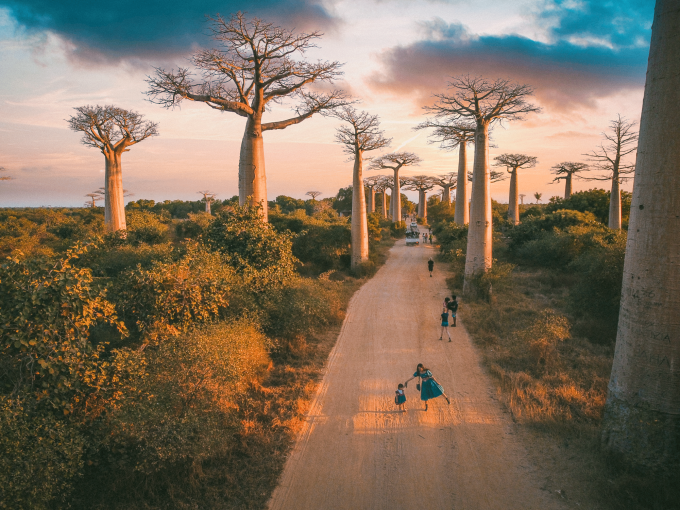
Mai Huong (blue dress) and her daughter take photos at baobabs avenue in Madagascar.
From afar, baobabs look like upside-down trees, with roots growing out. Today, this giant tree is considered the representative image of Madagascar, symbolizing the constant growth of the dry, harsh African land. Each year, baobabs only bloom and bear fruit for a few weeks. The fruit is a favorite dish of the local people because it provides many vitamins. The leaves are used to make soup, the trunks are a source of fiber, dye and firewood. Rotten trunks are repaired by the locals to become unique natural houses. In addition, the uniqueness of this tree has attracted tourists to Madagascar, contributing to improving the poor lives of the local people, according to CNN. Mai Huong said that in addition to baobab avenue, this tree is planted everywhere by people, from villages to in front of their houses.
Huong hugged the trunk of a baobab tree when she first saw this unique tree. "I feel grateful for being able to come to this place. I hugged the trunk and kissed it gently to show my gratitude and respect for nature and this earth," Huong said.
Also in Madagascar, Huong had an experience on a ferry that she rated as "the most special, the most shocking" - a ferry that runs on "rice". To cross the river, the entire group of Vietnamese tourists boarded a large ferry with cars and trucks. Then, the locals would join forces to push the ferry across the river. These people were paid monthly by the government. Huong said they did not ask for tips or expect tips and did it "with all their enthusiasm and friendliness". What impressed Huong was that despite having to do hard work, she saw that everyone was always happy and full of energy. "The scenery across the ferry was not overwhelming but to me it was beautiful. That is the beauty of labor. Madagascar has brought a unique experience in the journey to explore the world ", the Vietnamese female tourist shared.
Some other destinations that Huong and the Vietnamese group visited on this trip were Assale Salt Lake, Abuna Yemata Gub Church located in a rock (Ethiopia), Deadvlei dry tree cemetery, Namib desert, Moon Plain, Quiver forest, Skeleton coast (Namibia).
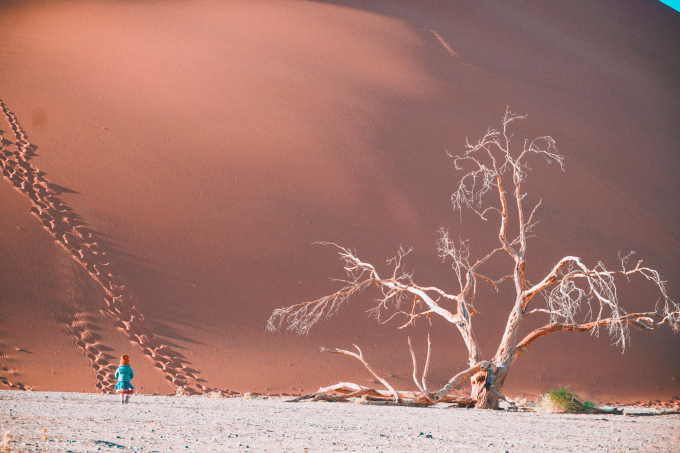
Fat (blue dress) stands in front of the tall sand dune of Dune 45, a sand dune that is about 5 million years old, in the Namib Desert more than 50 million years old.
Mentioning Africa means mentioning indigenous tribes with a way of life far removed from modern times. Huong has met more than 10 tribes. In Madagascar, Huong’s group took an ox cart through the forest to reach the Mikea tribe and met Rah, an indigenous person. Rah is the only person in the village who has contact with the modern world; the rest tend to run away.
When leading the group of Vietnamese guests to her house, Rah had to stand and persuade her parents and siblings for a while before they agreed to come out to meet her. However, everyone approached them cautiously and covered their faces with their hands, sitting huddled together. This was in contrast to the meeting with ancient tribes in Ethiopia. "Many tribes in Ethiopia have been transformed into tourism. They know how to ask for money from guests, even aggressively. The indigenous people in Madagascar do not know what money is, nor have they had contact with the outside world, so they are more timid," Huong shared. Here, she also saw how primitive tribes make fire from a few pieces of wood and dry leaves. The day they arrived, Huong's group also brought food such as fish, beef and bread to give to Rah's family.
Huong said everything on the trip was "like a dream" to her and she felt like she was "transported back to primitive times". Huong felt so moved that she could only say thank you to those who helped her have this magical encounter.
Regarding taking her young daughter on a harsh trip, Huong said "it has never been easy". Huong and her husband faced many difficulties, hardships, and even additional financial costs. On average, a 40-day trip through 3 African countries costs about 290 million VND per person. Children are discounted by 50% in some places, and free in others, but bringing Mo along also cost the couple an additional 200 million.
However, Huong accepted because she "loves the feeling of being with her child on every journey", "being able to show her this and that" and "being able to see her adapt to everything from the cold of minus 5 degrees Celsius to the heat of 50 degrees Celsius". But what she received was "completely satisfactory" when her daughter quickly adapted to all conditions and circumstances and did not cry. During the whole trip, Mo did not get sick. Only once did Mo get bitten by a mosquito, causing her eyes and face to swell.
The first time she met African people, Mo held her mother's hand and said "I'm scared". But in the following days, Mo quickly got used to everyone. The 4-year-old girl even laughed and played with them.
Huong said that only when she took her child on a trip and experienced many things did she realize "how good and well-behaved my child is". Those were the positive things that Huong received on this trip. "I feel happiest and most secure when my daughter is by my side, whether it is a dry desert or a vast ocean", Ngoc Long, Huong's husband, added.
In addition to life experiences and broadening their horizons about a faraway land, the trip of Vietnamese tourists was also full of hardships. They had to face a lack of living facilities: no electricity, water, toilets or bathrooms. Local travel companies had to prepare generators to light up the dining and living areas for a few hours at night. Water was bought from local people and stored in plastic containers in the trunk of the car. The shower and changing areas were mobile tents. The sleeping areas were also simple, with bamboo beds and hard mattresses instead of 5-star hotels. There were nights when everyone accepted not to shower because of the lack of water. However, the Vietnamese tourists were all happy and did not complain. They even felt excited because they could sleep outdoors under a sky full of stars. "I am a person who adapts well, but at first I was shocked because I did not think Africa was so deprived," Long said.
The Vietnamese female tourist said that the trip not only left her with an unforgettable impression, but also provided her with profound lessons. Thanks to the trip, she felt more love and appreciation for nature, and was more aware of protecting the earth’s environment. And she felt more mature.
The Vietnamese female tourist also suggested items that people should bring if they intend to visit these three countries: gas masks, cold spray to adapt to close contact with acid and sulfur lakes at Danakil, vitamins to increase resistance, and common medicines. "In general, I prioritize lightness. The longer the trip, the more light and compact items are needed to preserve energy and facilitate movement," Huong said.
Phuong Anh
Photo: NVCC
Source link



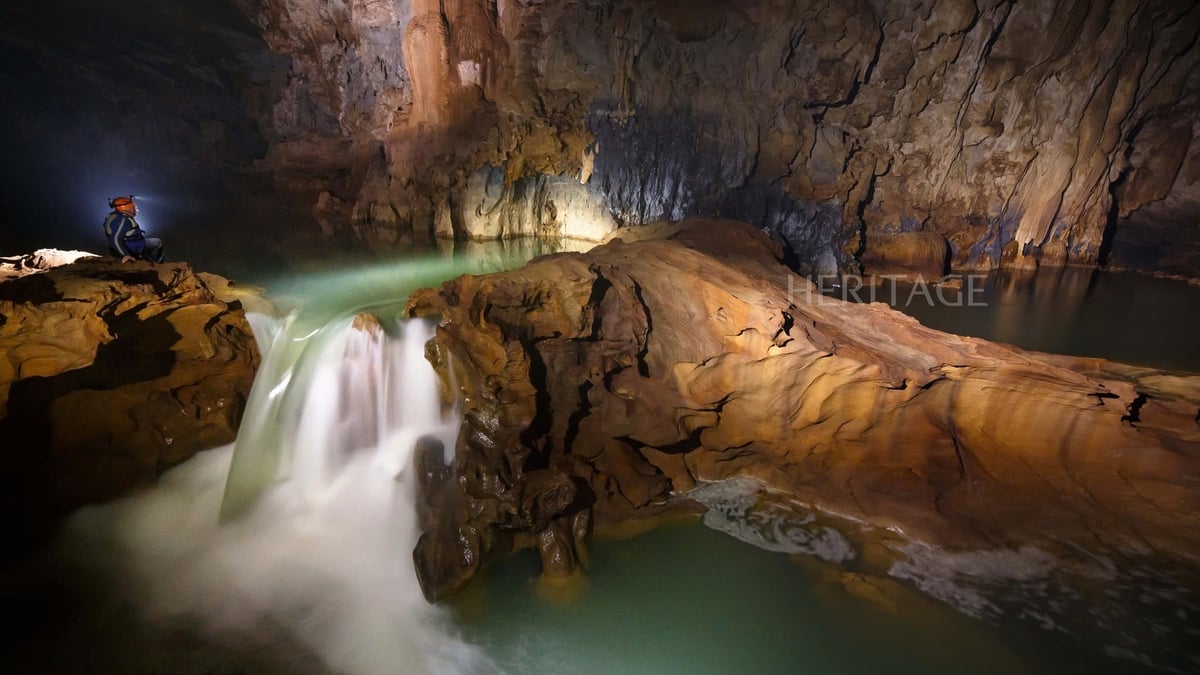
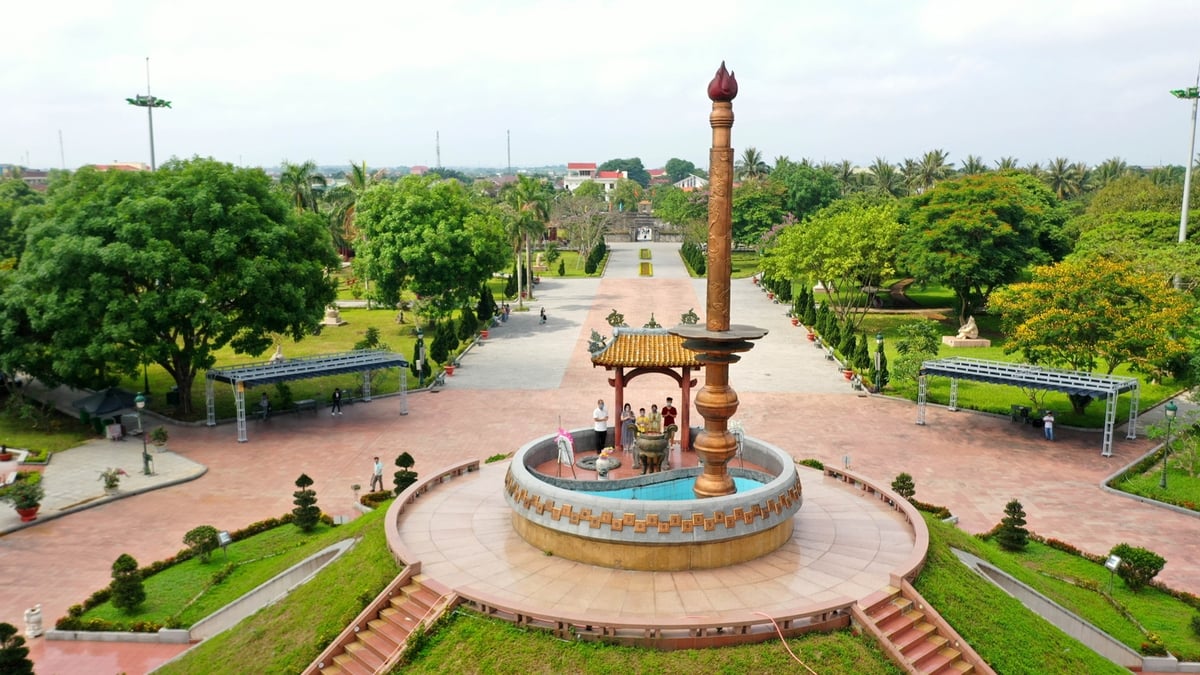



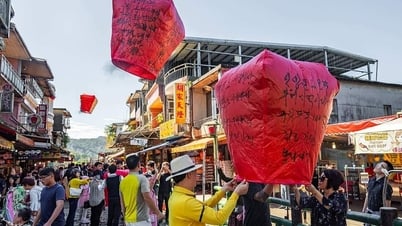

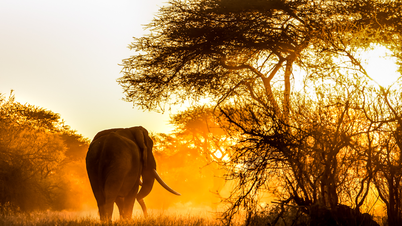



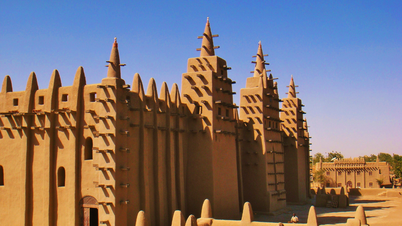

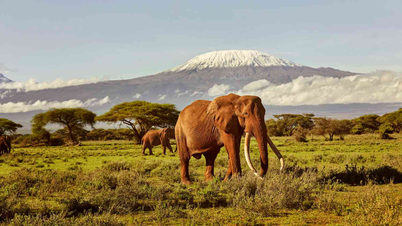


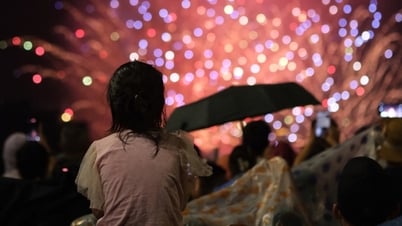

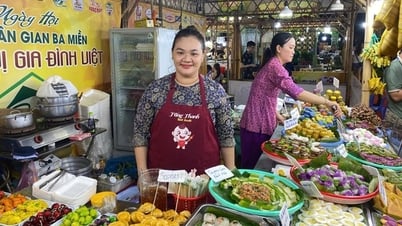







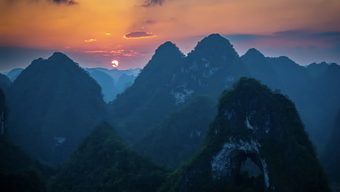








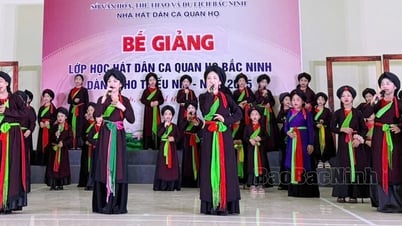

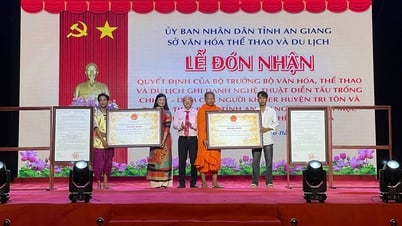

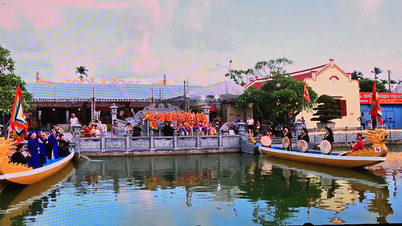

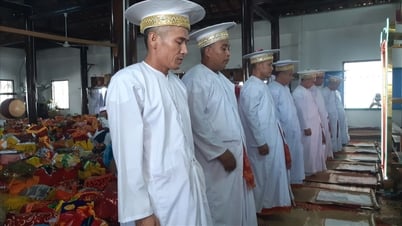

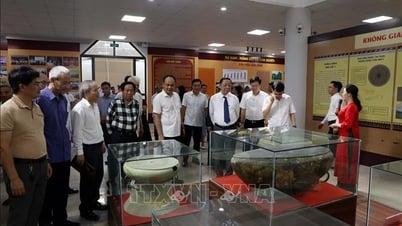

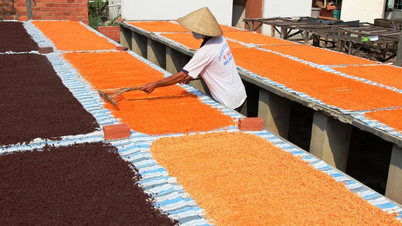

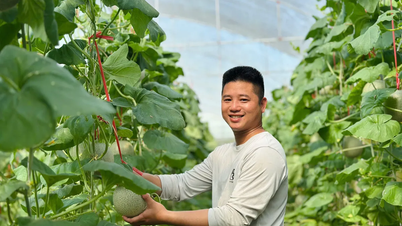



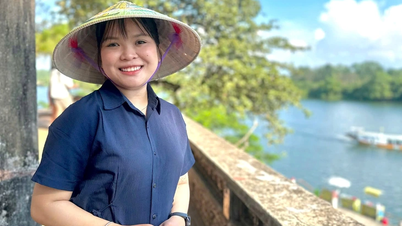
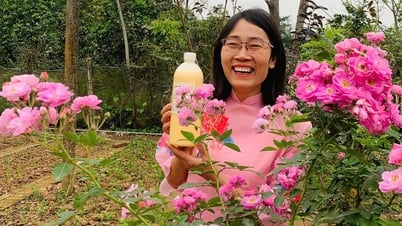

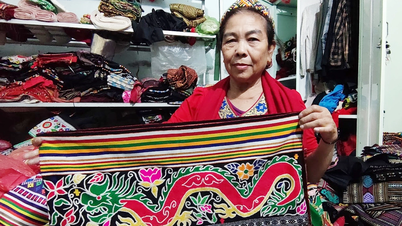



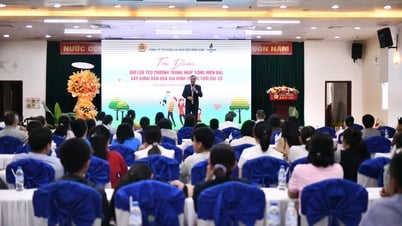

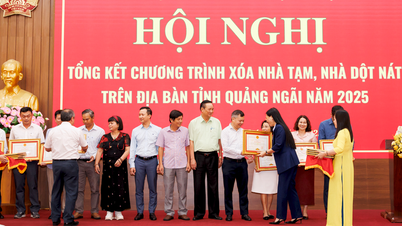
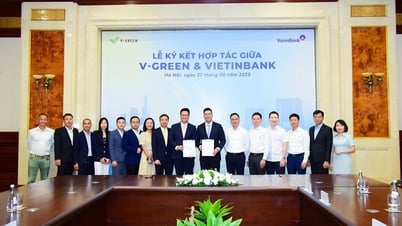








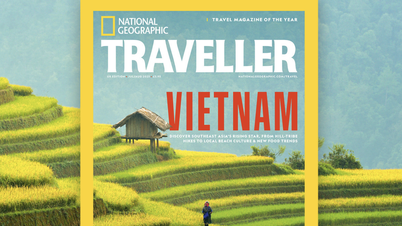











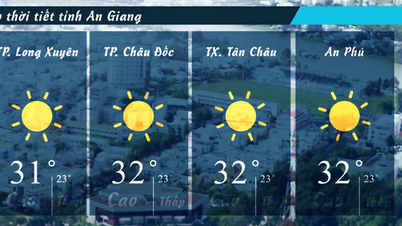




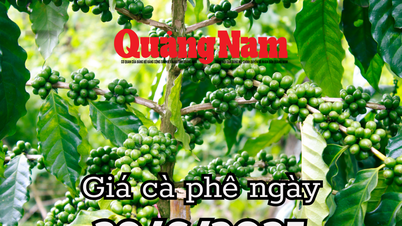









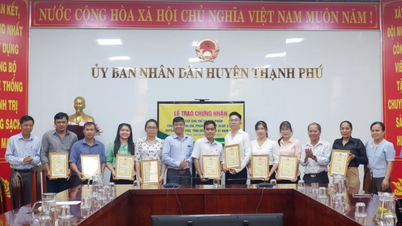

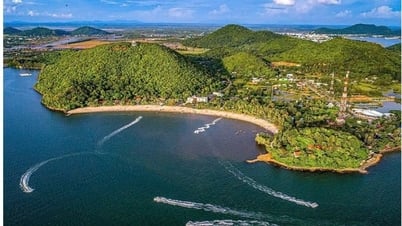


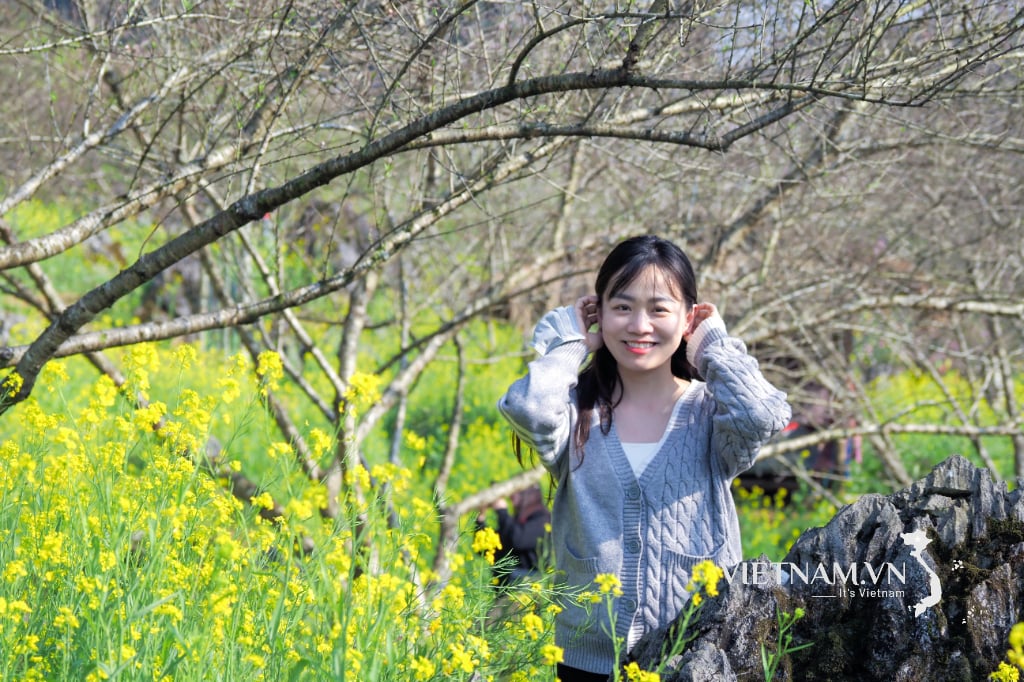

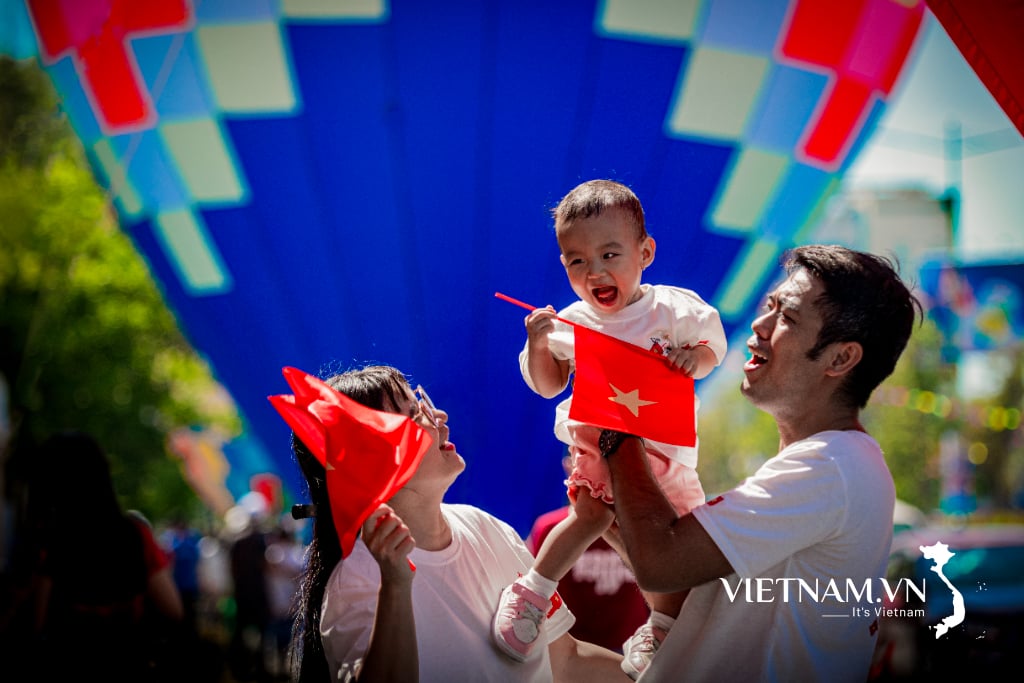
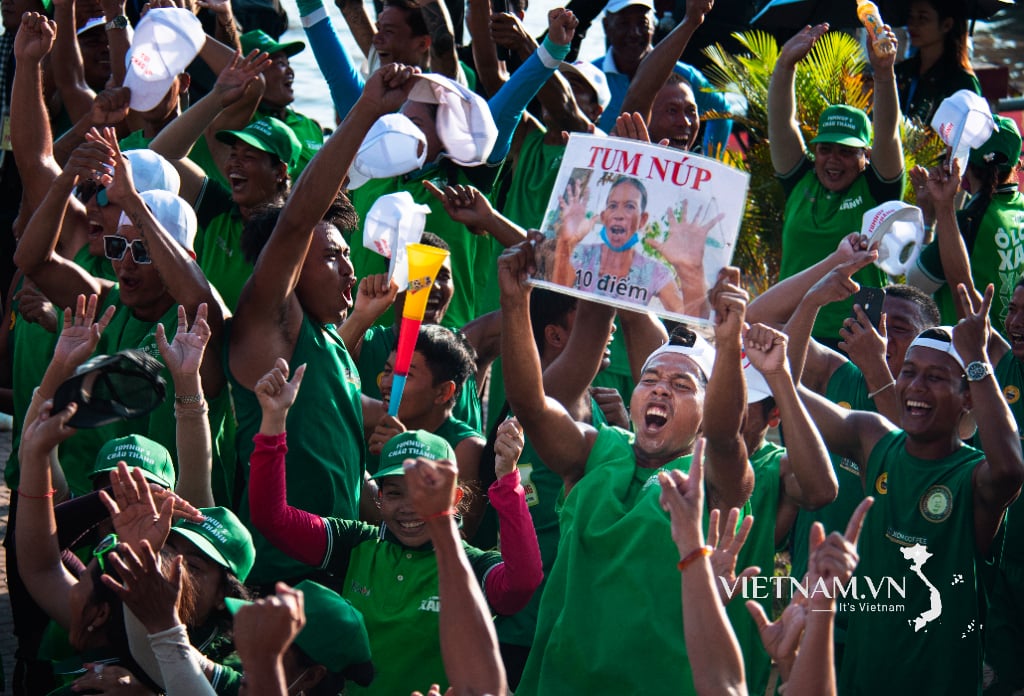
Comment (0)